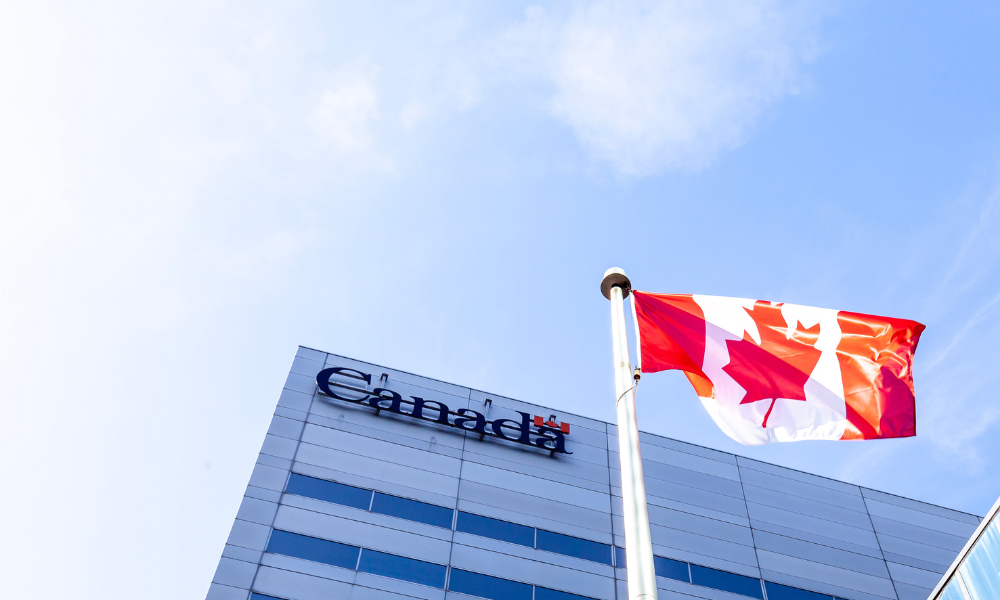In the U.S., fixed-income managers saw largest fee reduction but value equity managers experienced modest price increase

Post-negotiated fees for active managers decreased in most categories last year, including non-U.S. fixed income, U.S. fixed income, and emerging markets equities – a clear indication that active management fees continue to drop.
There is a strong growth and value stock market, according to Investment Metrics' most recent fee analyser report, which was based on the analyses of almost 490 distinct accounts and co-mingled funds. With mandates ranging from $20 million to $75 million, U.S. fixed-income managers saw the largest reduction in fees, with a 7% average annual cut. But there was a 1% fee rise for big growth and value equities managers in the United States.
The fee reduction trend seems to be related to the poor performance of active managers, according to Investment Metrics, which claimed most mandate categories fell short of beating their standards at a time when investors really needed encouraging news.
Last year saw a synchronized decline in bonds and stocks and, according to the research, U.S. and non-U.S. big growth equities managers underperformed their benchmarks by 0.7% and 1.4%, respectively. Large value equities managers outside of the US trailed their benchmarks by 4.7%.
“Normally, the fixed-income asset class protects investors when equity markets crater, but that did not happen in 2022,” Scott Treacy, research consultant at Investment Metrics, wrote in the report.
Active U.S. fixed income disappointed in particular. "Unfortunately, at a median level, active managers were not able to perform well in this environment,” he said.
Several investors said that active managers had a chance to demonstrate that their expertise in stock pricing and risk management might shield portfolios from some of the worst effects of the downturn during the market volatility of 2022. Yet, the underwhelming results delivered by these managers may put greater pressure on active strategies, raising the issue of whether they can contend with alternatives and index funds in the coming years.
Despite the unconventional investing environment, some businesses were nonetheless able to thrive. The IM research states that in 2022, U.S. large-cap value managers took the lead with a median 1-year return of 2.6% higher than the benchmark.
“Those active managers that were not able to perform in the downmarket of 2022 will most likely see their assets go to passive strategies, or to other active managers that performed well in this difficult environment,” Treacy concluded. “Those active managers that have demonstrated their research and stock selection capabilities should begin to push back against fee compression and look [to charge] top-quartile fees compared to peers.”



